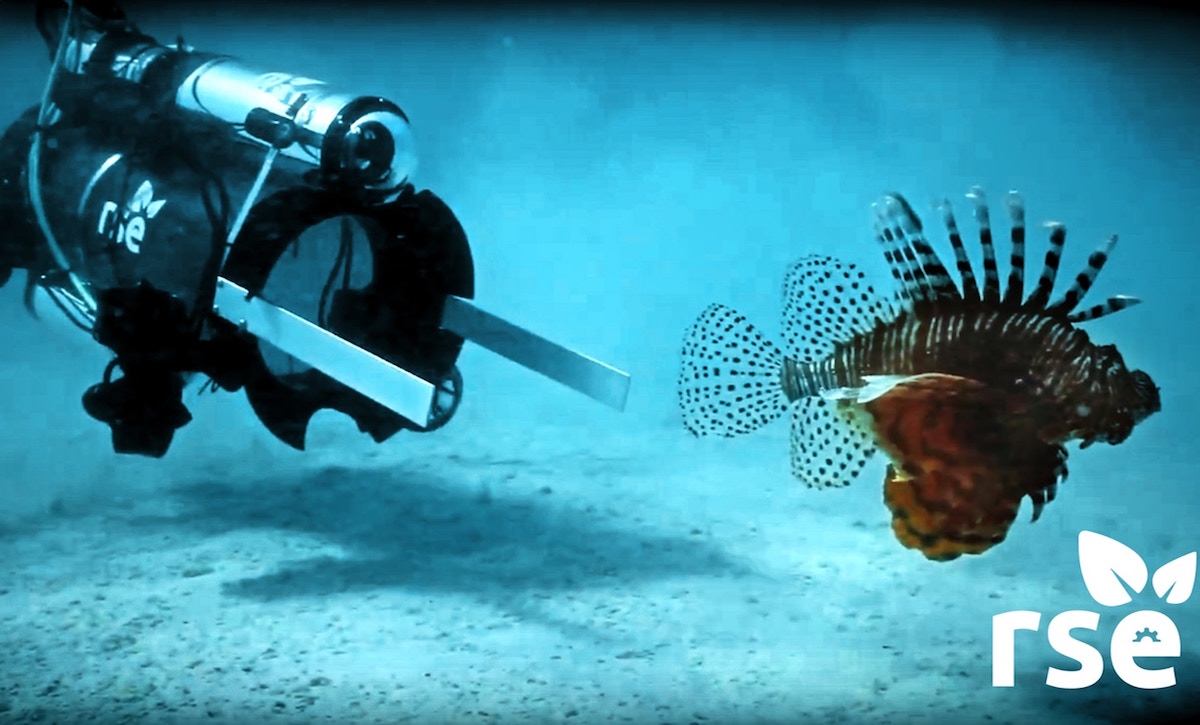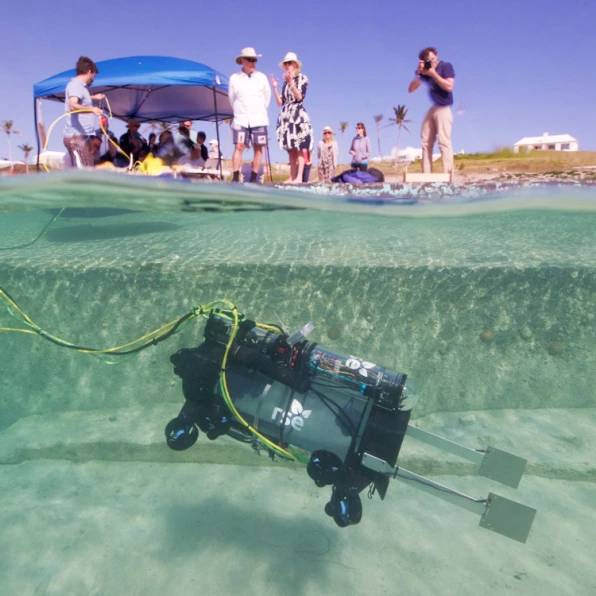
In the waters of Bermuda, lionfish has become a major problem that seriously threatens the local marine environment. It is a foreign species with no natural enemies; it has a long life span and can live for 30 years; it has a strong reproductive capacity and can produce 2 million fish eggs a year. Even more frightening is that it is a very crazy predator. Within a half hour, a lionfish can kill 20 other fish. When Colin Angle, the founder of iRobot, arrived in Bermuda, he first learned about this problem. Now he is trying to solve it technically.
“When I was in Bermuda, the diving instructor gave me a challenge. He said, 'You are a robot , why not make a robot and solve the problem of the lionfish here?'†Angle said to the Fastcompany website, “I don’t have Ignore this question, but say, 'Okay, can that work?'"

Subsequently, Colin Angle and his wife set up a non-profit company, Robots in Service of the Environment, to start making robots that capture lionfish. This robot is called Guardian. It is embedded in the water, stuns the lionfish and receives it from the body. After catching a sufficient number of lionfish, the Guardian surfaced. These fish are then sold to various restaurants.
“People have a need for lionfish. If you can catch them, someone will pay you,†Angle said. “The challenge is that it’s hard to get into deep waters. That’s the main area where lionfish survive and thrive. Robots can sneak into 200, 300 or even 400 feet of water, so it is a very powerful tool."
However, if the cost of the robot is too high, this method is meaningless. With the experience of producing Roomba, Angle hopes to keep manufacturing costs below $1,000. “The cost of using a robot is so low that you can get the benefit from it,†he said.

Currently, Guardian is not fully automated and requires human remote control for cost reasons. The development team is further simplifying the design and cutting the manufacturing costs of the robot. They want to sell robots to fishing enthusiasts or professional fishing teams. Gamification is also a good direction because the robot can be controlled remotely. “When you sit in the office and want to do something good, you can catch the lionfish on the iPad,†Angle said.
In Angle's view, fishing robots are only the first step for the company. In the future, they will also produce other types of robots to combat poaching or to collect plastic waste from the sea. “We believe that low-cost robots can provide a range of innovative solutions to environmental issues,†he said.
The map is from kickstarter
Ecome portable radio,Portable Two Way Radio,Motorola Vhf Handheld Radio,Multi Band Portable Radio
Guangzhou Etmy Technology Co., Ltd. , https://www.digitaltalkie.com